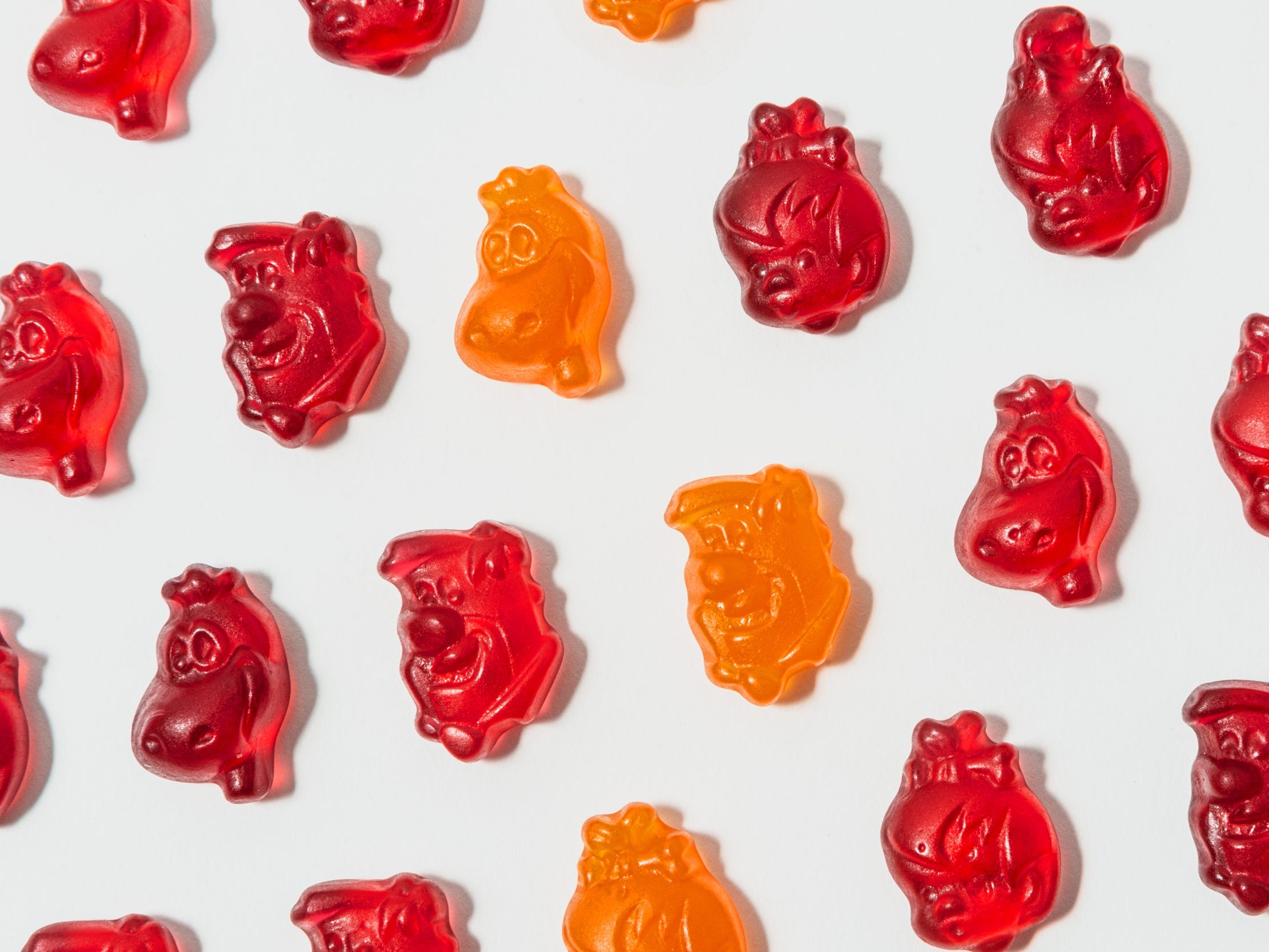
Hollis Johnson/Business Insider
- Chewable vitamins are now the most popular way for American adults age 35 and younger to consume supplements.
- But the sugary treat wasn’t always this popular — it took a lot of trial and error, and a few different gummy brands, to nail down the formulas we see today.
- Though early gummy vitamins used gelatin to achieve the familiar, chewy texture, it wasn’t ideal because it takes up too much space.
- Nowadays, many manufacturers use pectin, and the category is worth billions globally.
- Read Business Insider’s full investigation into the world of gummy vitamins here.
Vitamins are big business. According to Andrew Stablein, a research analyst at Euromonitor, the supplement industry will surpass $36 billion this year.
And thanks to the Kardashians and a few lucky strokes of marketing genius, chewable vitamins are now the most popular way for American adults age 35 and younger to consume supplements, despite skepticism on the part of doctors and other experts as to their health benefits.
But how, exactly, are they made?
Cereals and other nutrient-enhanced food has been around for a long time
According to John Troup, the vice president of scientific affairs and dietary supplements at the Consumer Healthcare Products Association, the 1980s brought with them the dawn of American interest in gummy candies. Haribo — purveyor of the classic, gold-bagged gummy bear — starting sending its wares to American stores.
Manufacturers then began experimenting with vitamins in the 1990s, Troup said. Hero Nationals, founded in 1995, told Business Insider it was responsible for America’s very first gummy vitamin.
"I used to always take my nieces to the Sweet Factory and we all loved the gummy bears." Jennifer Hodges, the CEO of Hero, told Business Insider in an email. "I thought how amazing it would be to put vitamins into an all-natural gummy bear."
Enter the boiled pig skins
But according to Troup, customers weren't big into the early generation of gummies. The problem was gelatin — usually made by boiling animal parts like roasted pig skin or bones, and distilling the broth. Gelatin took up too much space, which meant manufacturers could only pack one vitamin in a gummy.
The first vitamin to find its way into gummy form was Vitamin C. "Vitamin C was the first obvious choice — it's good for kids, everybody wants more vitamin C, and it can make great tasting orange gummies or even cherry gummies," Troup told Business Insider.
By 2009, however, manufacturers began using pectin, which offered two advantages: it's smaller, which means multiple supplements in one chew, and it's vegan- and vegetarian-friendly.
"When they shifted [to pectin] and learned how to do it well, that's when it started taking off," Troup said.
After that — and after influencers like Kim Kardashian, Kylie Jenner, and Tati Westbrook began hawking gummies in their Instagram feeds — the category took off.

